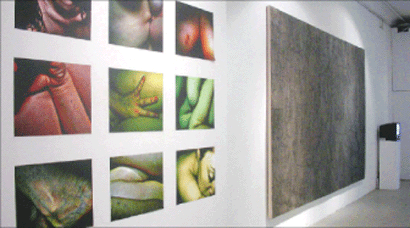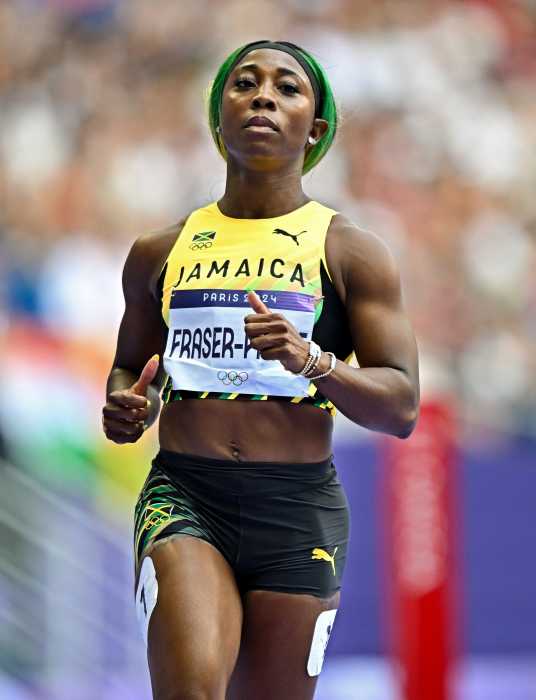The sober, moving resonance of “Dark Matter”
“Dark Matter,” a group show at 55 Mercer curated by Peter Gregorio and Mike Egan, embraces the shadowy side of life. Different from the trends of “new social realism,” or the bratty, identity-based work of the recent past, this show has a depth and critical poignancy missing in the prevalent art world environment of entertainment and theatrics.
A collection of works that span disciplines—the exhibit includes paintings, photographs, installation, video, and sculpture—it’s unified by the emotional content that defines the curatorial vision. The resonating mood is one of a void saturated with a disjointed and fragmented fullness. The objects project this not through display, but through absence. Yet even while embracing the dark, intangible, and sublime areas of the collective unconscious, there is a humility to this presentation. How the artists avoided the thud of a lead balloon while confronting existential angst is impressive; it feels right for the treacherous times we live in.
In the center of the gallery is Kristen Wykret’s “Bed” (2006), a cement casting of an air mattress, which raises questions about permanence, the unconscious, dislocation, and unfulfilled desires of escape. A large gray painting by Gregorio of a deconstructed cathedral seems to reflect and abstract the notion of shifting religious ideology, using architecture as a metaphor.
In Valerie Garlick’s photos of bruised bodies, and Hadassa Goldvicht’s video of beautified wounds and scars, ideas about pleasure and pain are inverted, upended.
Alisha Kerlin’s “Solid Body Attempt” disrupts the proxemic space. She uses the gallery and the other artists’ works in the show as bits of information to make her site-specific installation, which consist of two parallel doors with a space in-between, that at one view looks full.
Damien Crisps’ photos” Candles” and “Sidewalks” deal with the memory and romantic truth of the impossible task we face in truly connecting with another human being. Amber Arpin’s video of a crippled yet happy and loved dog oblivious to his disability, and Sarah Chacich’s animated video of multiple suicide attempts, fuse contradictions while fooling our reactive nature. David Ambrose deals with our ever-changing identity in his impressive distorted video portrait, while Nikolas Gambaroff’s photograph hides the self behind a brick wall of Mylar.
Although tough questions are tackled in this show, it’s not a bummer weighted down by theories and narcissistic masturbation. Somehow, a message of humanness and compassion comes across. Most of these artists attend graduate schools here in New York—at SVA, Hunter, Bard—and they all seem to embrace a matter-of-factness and depth that is refreshing and insightful. This generation grew up in the results of folly and somehow has accepted it as just a part of life.
gaycitynews.com

































